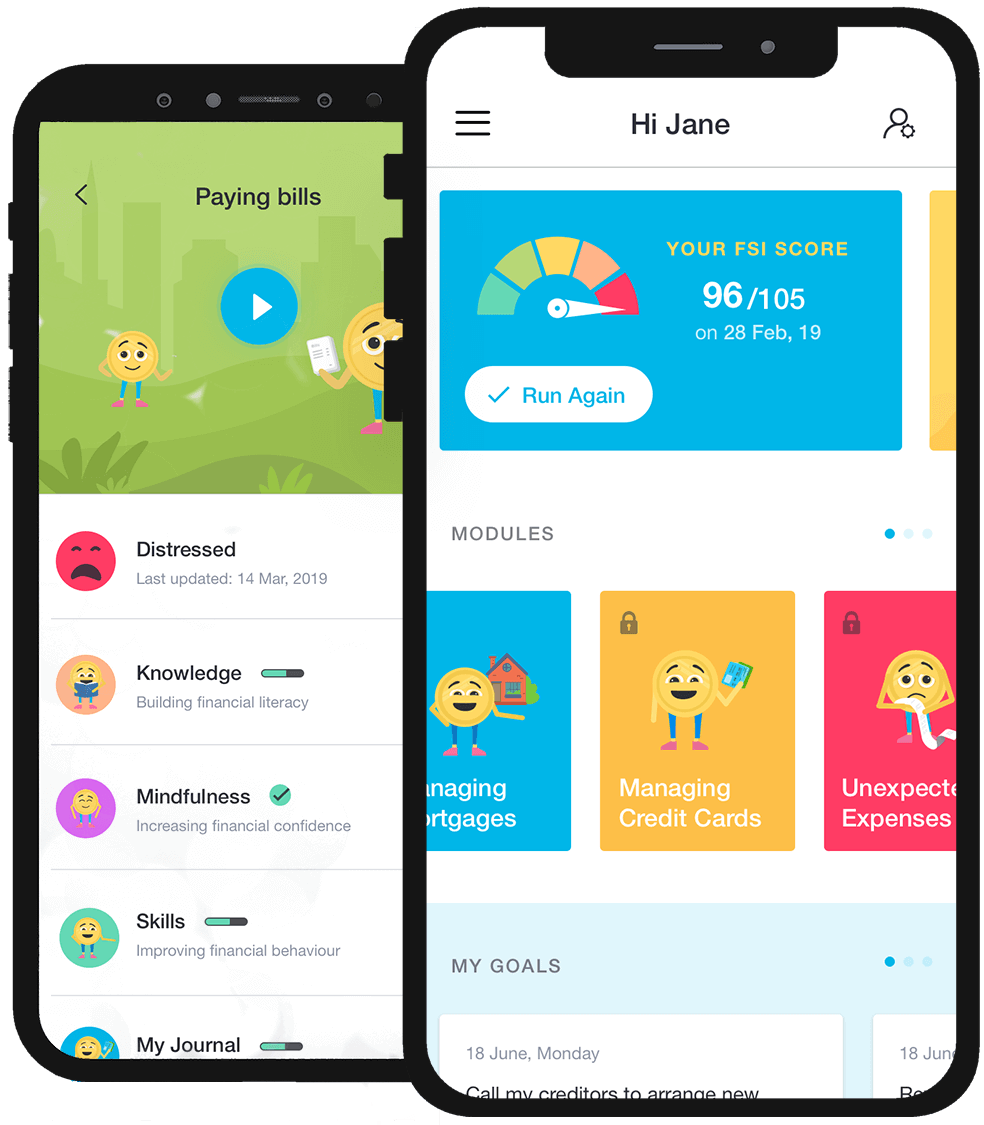[email-subscribers-form id=”2″]
The Australian dream holds big financial risks
The Australian dream holds big financial risks.
It’s said that the American dream is upward mobility – the ultimate example being to become the US President.
The Australian dream seems more modest – home ownership, especially the good-old quarter acre block.
But arguably it comes with bigger risks than the American dream, especially for Australians in capital cities.
With interest rates at record lows and house prices surging, home ownership seems like the golden ticket for many, given the promise of appreciation that seems like it could go on forever.
But realistically, home ownership is unaffordable for an increasing number of Australian first-time home buyers, especially those in major cities on average salaries.
The fact remains ‘the Australian dream’ means many people who cannot – or barely can – afford property keep reaching for it and opening themselves up to chronic financial stress.
Who wants to give up on a dream though, right?
The problem is most pronounced in Australia’s biggest city – Sydney – where the median Sydney house price is sitting at $1,112,671, Melbourne $859,097 according to Corelogic.
To be able to afford the repayments after making a 20 per cent deposit, a Sydney household needs to earn at least $147,629 a year, 9News reported.
If that household wants to avoid living in mortgage stress – and have the relative luxury of a buffer against interest rate changes – its annual salary would need to be at least 7,155.
Mortgage stress is classified as anything above spending 30 per cent of your pre-tax income on household repayments.
According to the salary tracking website, Payscale, the average annual salary in Sydney is $76,000 – meaning the combined income even two adults earning that would fall short of avoiding financial stress.
In Victoria, it’s $70,000, it’s $71,000 in the Australian Capital Territory, while in Queensland it’s $66,000 and in Western Australia, it’s $73,000.
Because property prices are highest in New South Wales, Victoria and the ACT, anyone considering buying a home in those States, need to be on a six-figure salary to have any realistic hope of entering the property market.
9News reported 41.1 per cent of households across Australia are in financial stress despite the lower interest rate environment.
In NSW, 44.19 per cent of households were in financial stress and 37.66 per cent of households reported being in mortgage stress, and property is only getting more expensive.
Recently the ANZ bank predicted property prices in Sydney and Melbourne could surge a further 19 per cent and 16 per cent respectively before slowing in a year’s time.
So, what’s the answer? We are not saying avoid home ownership – but to be aware of what you can and cannot afford.
Mindfulness can be part of the solution to financial stress and avoiding it from taking hold.
A clarification is needed though. Mindfulness is not a solution to loan repayments that are just too high to sustain – if that is happening, we’d suggest getting honest with your bank and urgently and seeing what can be done.
But a mindful approach to money can help those who need to avoid unhealthy habits with money to maintain repayments.
Perhaps most importantly, becoming financially mindful will help people avoid entering contractual situations they really should not be in.









